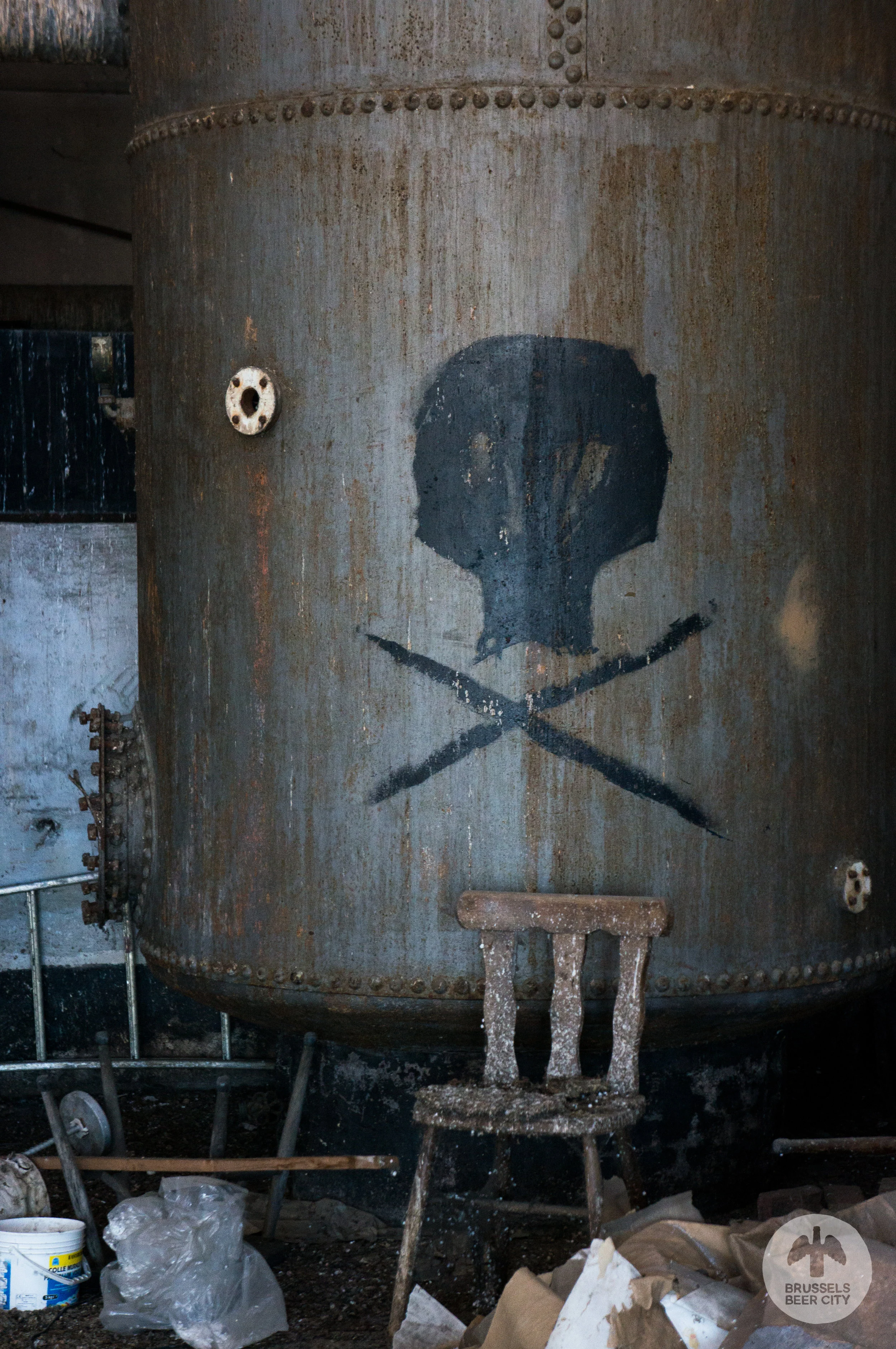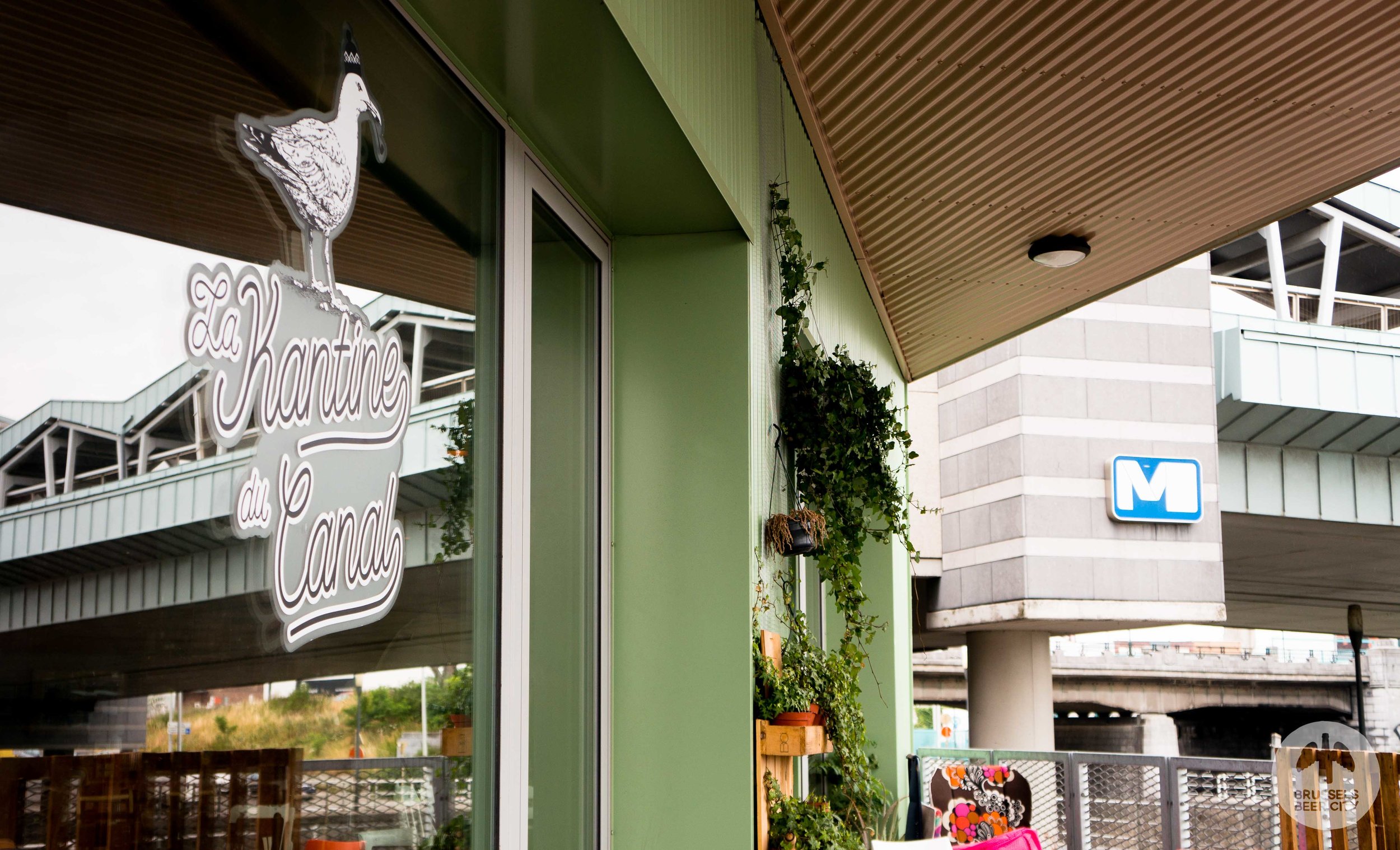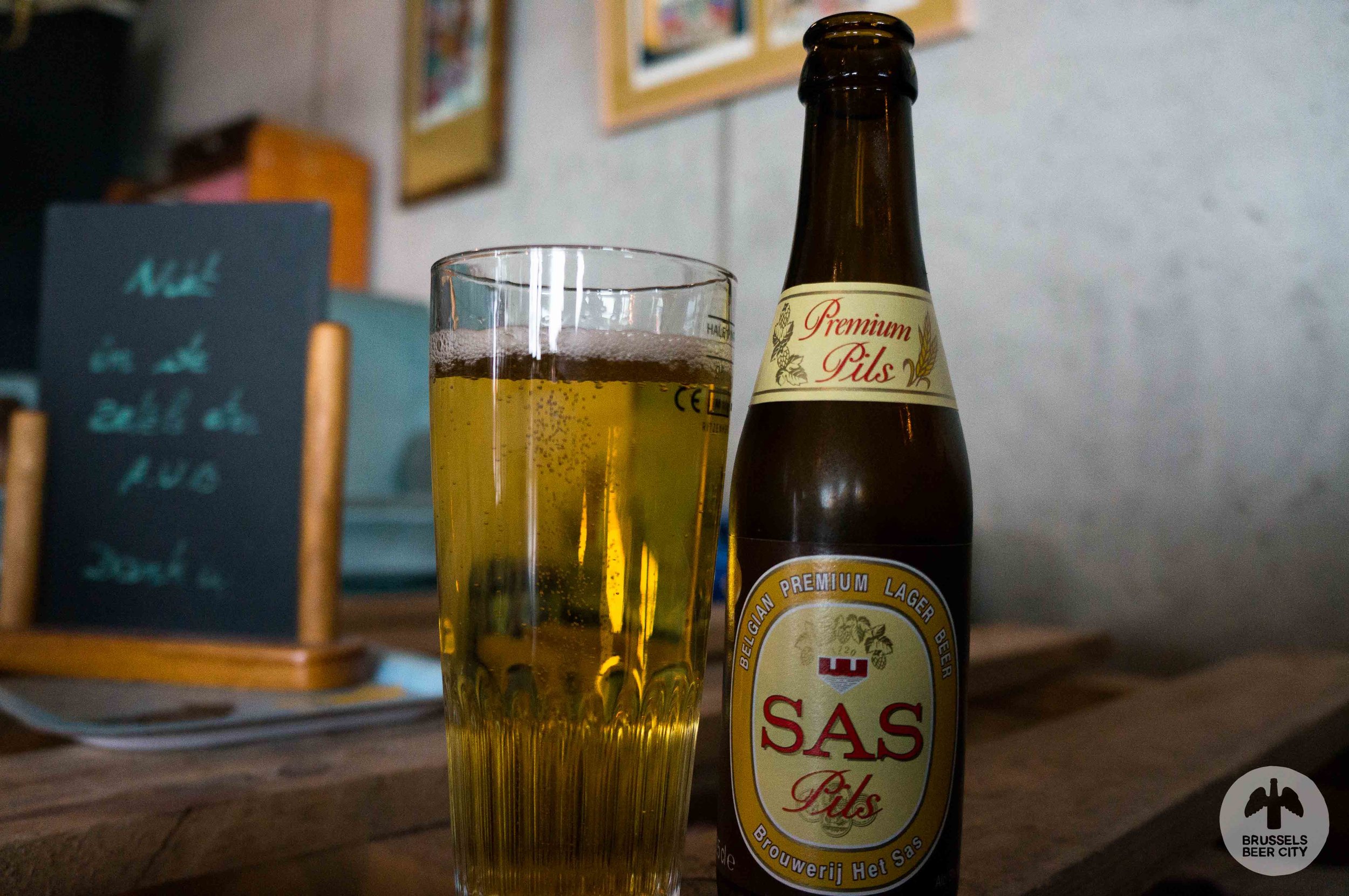Beer & the city // Surviving Brusselization: the fate of Brasseries Atlas
Brussels has not been kind to its architectural heritage. The process of “Brusselization” describes the “indiscriminate and careless introduction of modern high-rise buildings into gentrified neighbourhoods” that characterised post-war urban planning in Brussels and was responsible for the callous destruction of historically important buildings, whole neighbourhoods, and local communities. Brussels’ breweries and their architectural legacy were not immune. The Grandes Brasseries Atlas is an exception.
“These are the neighbourhoods – in Anderlecht and Molenbeek – that comprised “le petit Manchester belge”. Keep going past streets with names like Birmingham, Liverpool, Industry. Past the faded signs on crumbling brick buildings advertising “Ford” and “Coke”. ”
"Le Petit Manchester belge"
As breweries shut down or moved their production outside of Brussels from the 1960s on, most of their buildings were torn down to make room for an expanding Brussels. The few that survived this destruction were converted into art galleries, performance spaces, or hotels. Unlike its contemporaries, Grandes Brasseries Atlas in Anderlecht largely survived these waves of demolition and renovation unchanged. Cycle down the canal from the centre of Brussels and you can find the site of the old brewery in one of the old industrial centres of the city.
These are the neighbourhoods – in Anderlecht and Molenbeek – that comprised “le petit Manchester belge”. Keep going past streets with names like Birmingham, Liverpool, Industry. Past the faded signs on crumbling brick buildings advertising “Ford” and “Coke”. Past the old Moulart maltings complex that has been renovated as an interactive centre and a business incubator. And there, just along from the wrought iron rail bridge, is the art deco brewing tower of Grandes Brasseries Atlas .

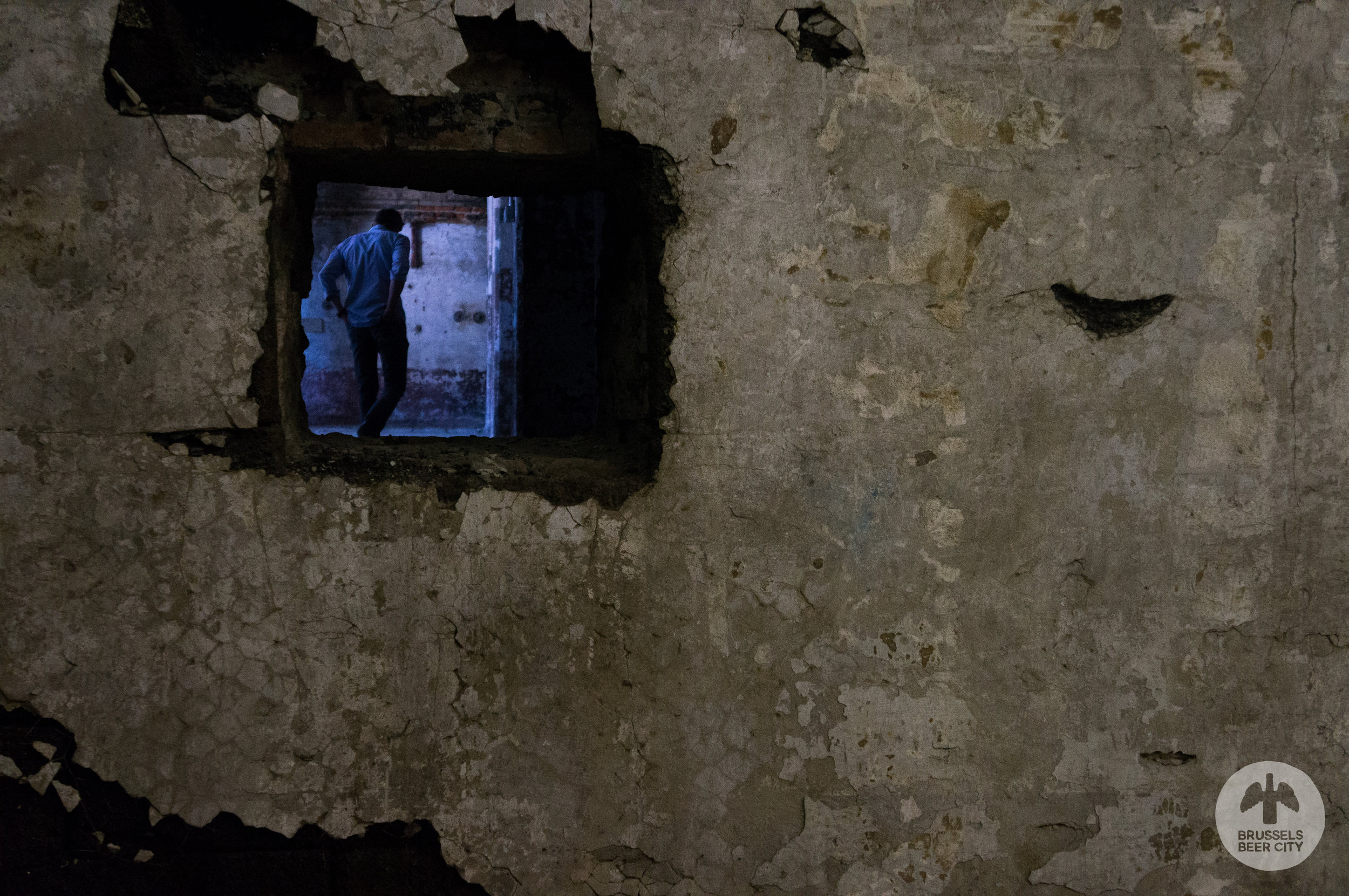
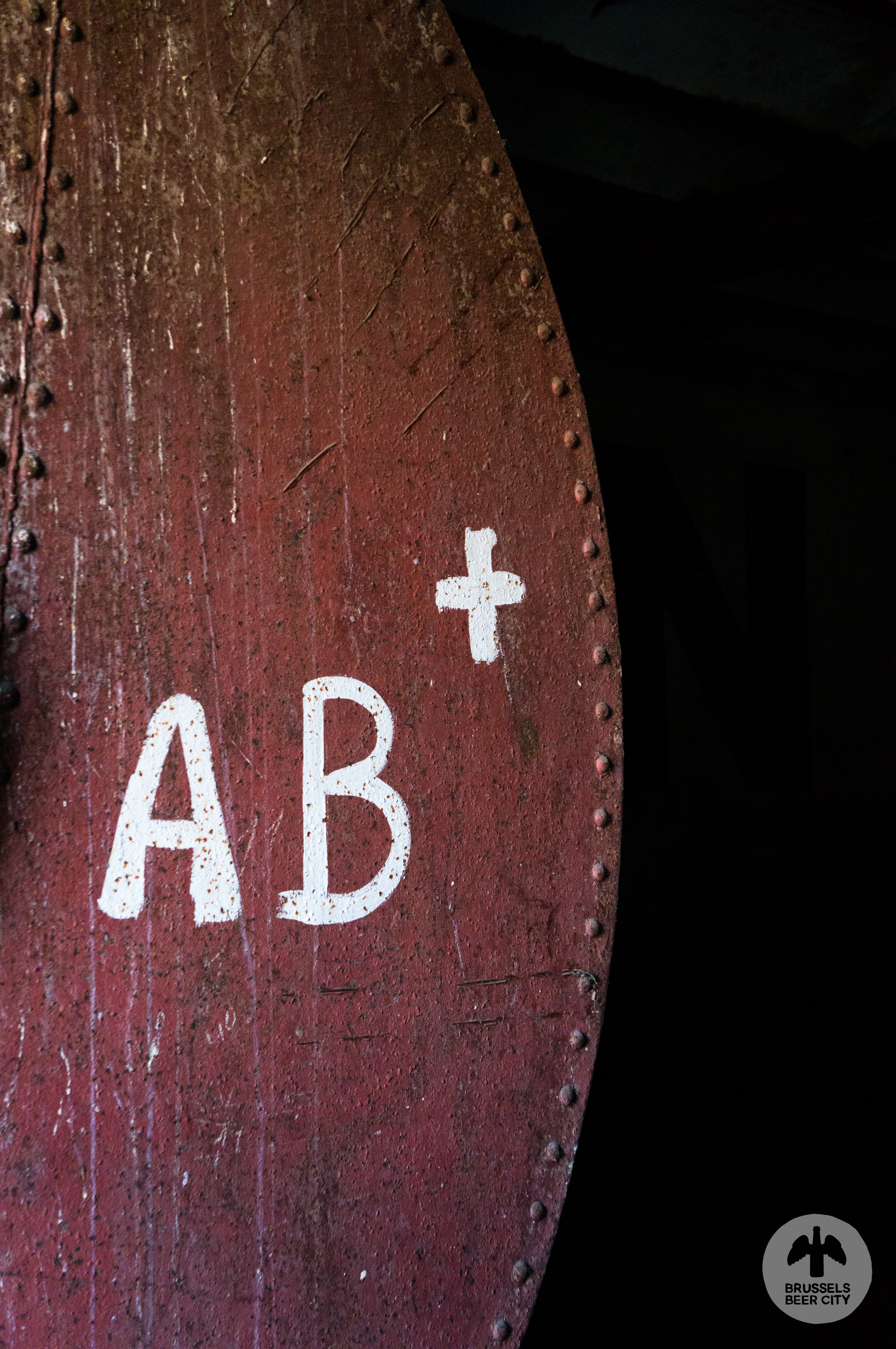
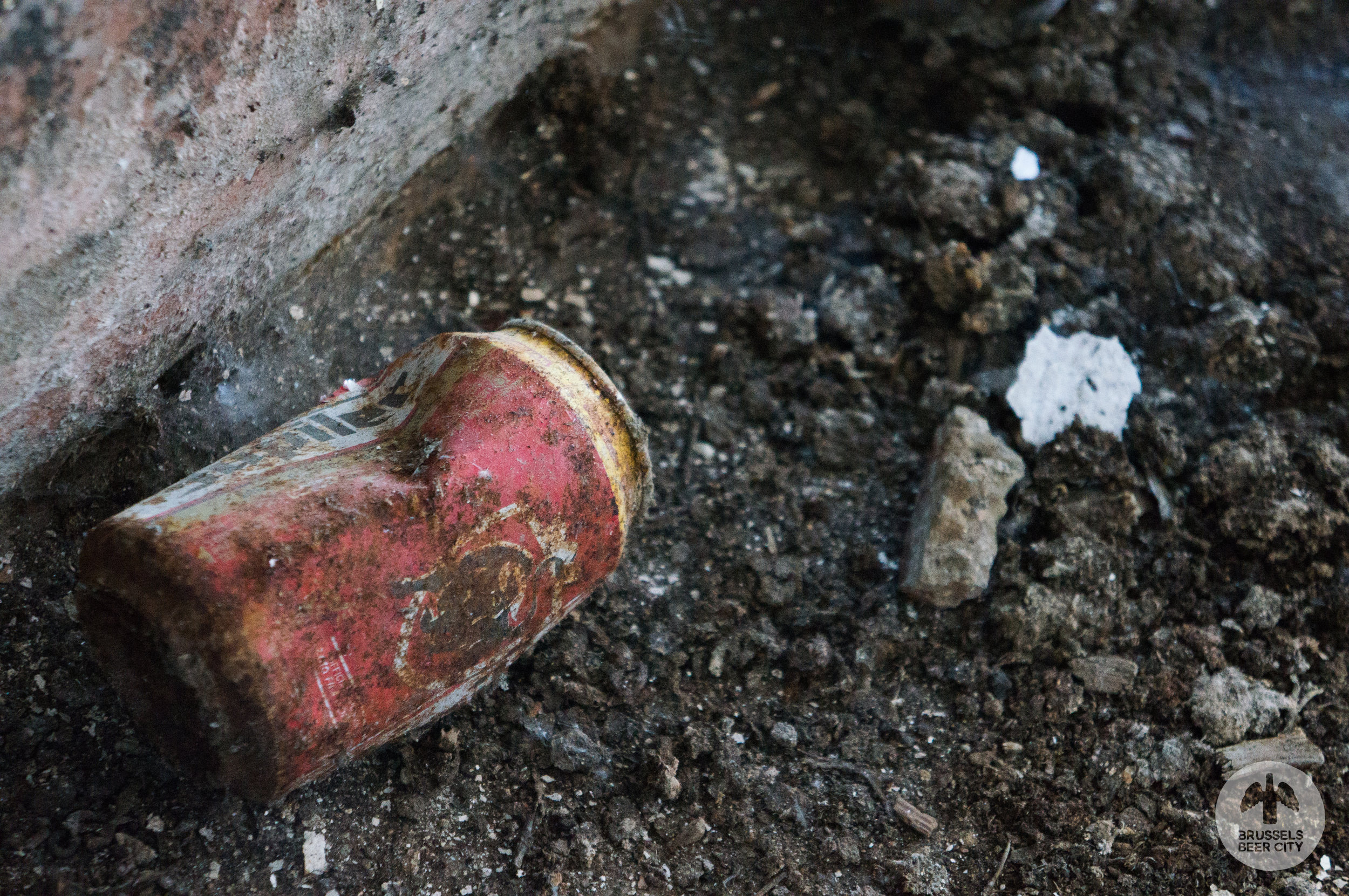

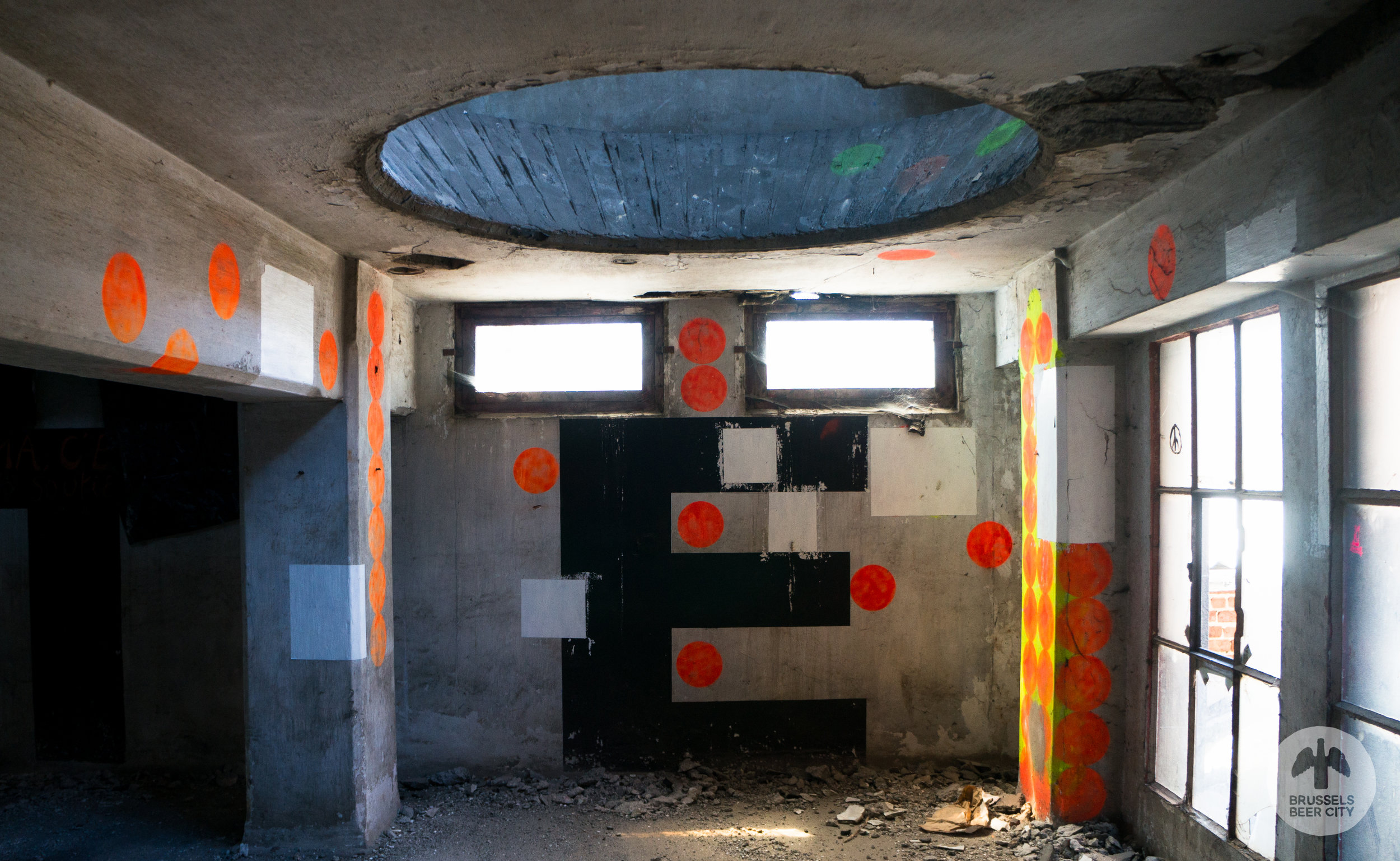
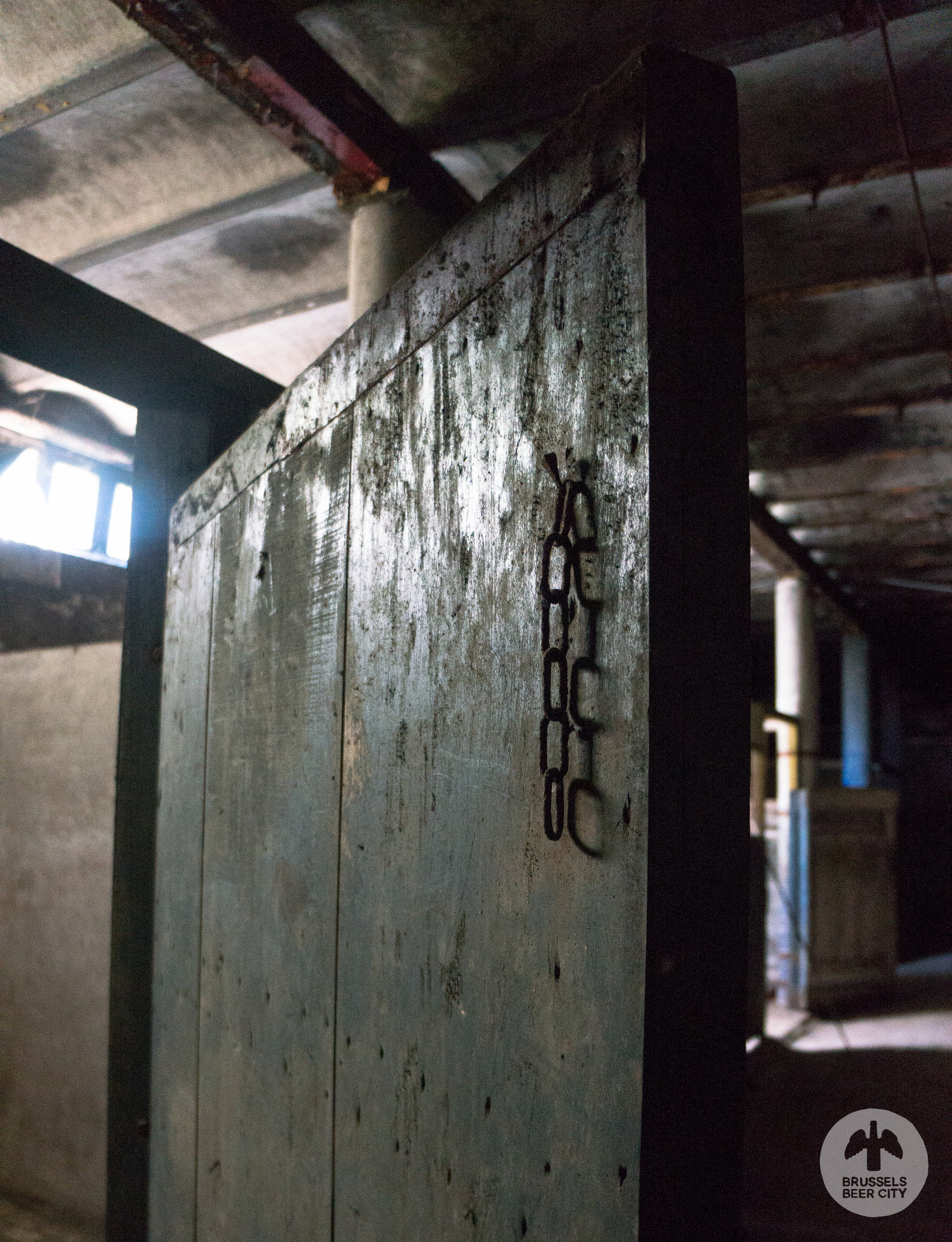

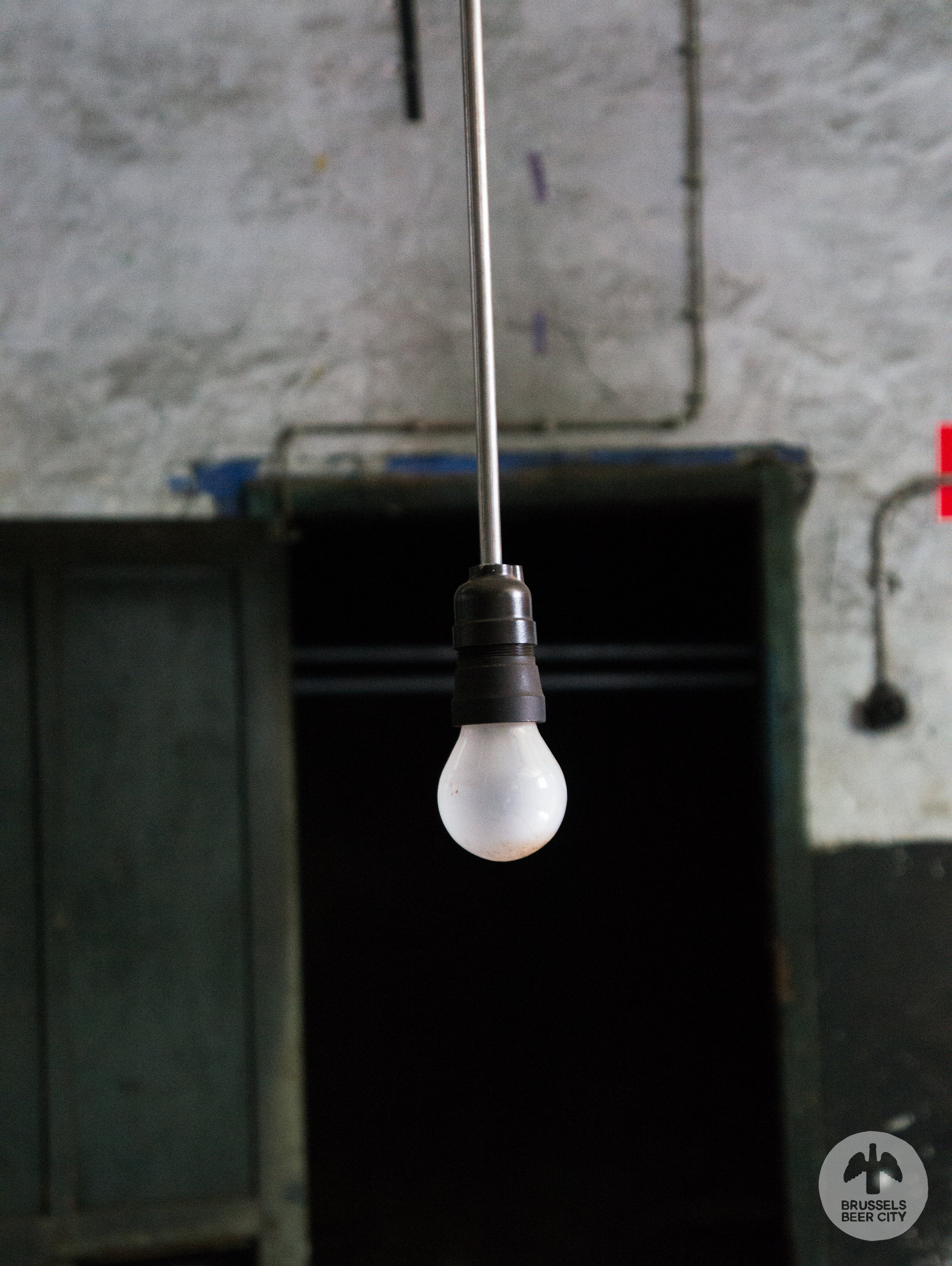
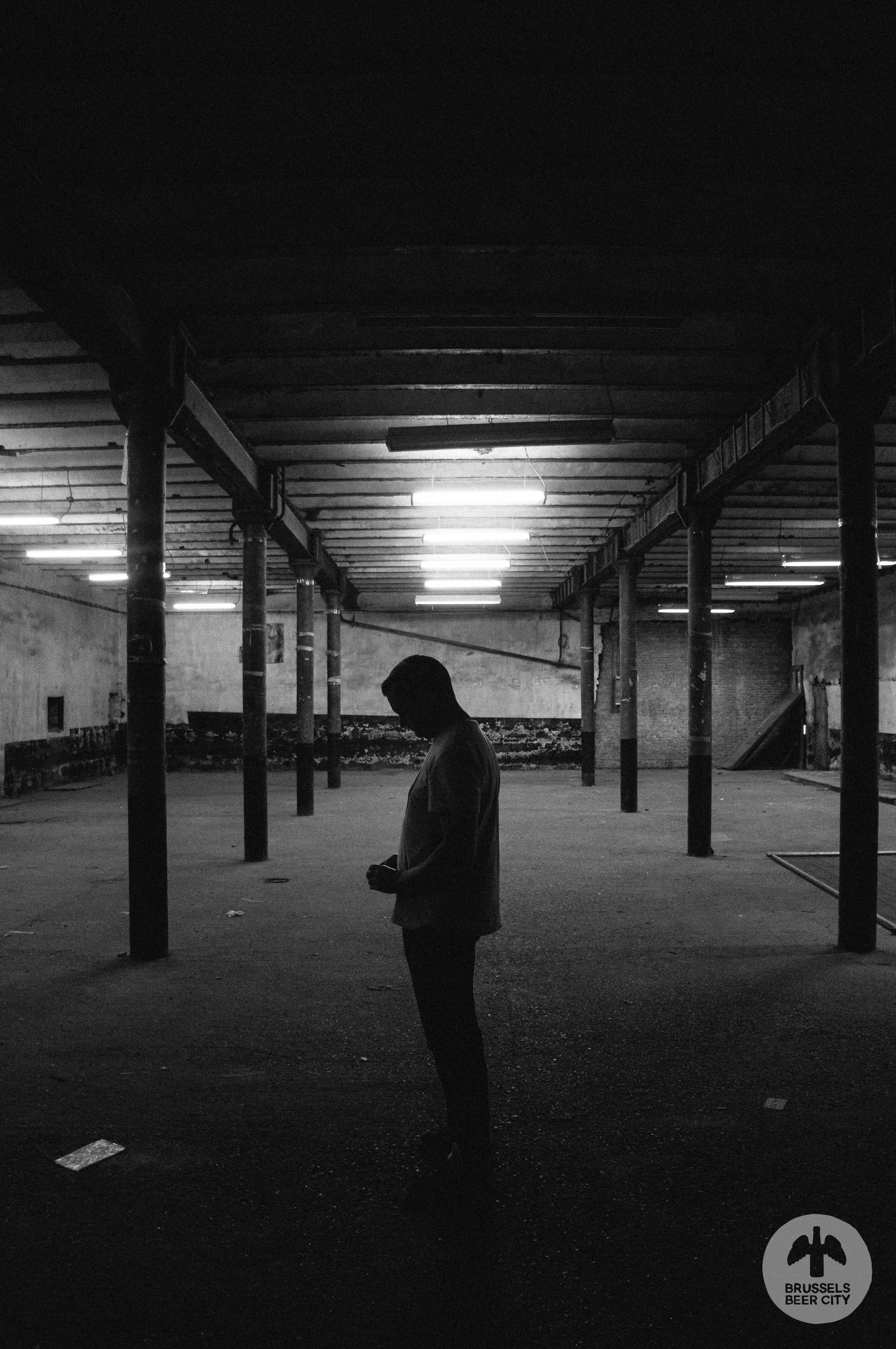
The 30m-tall tower dominates this low-rise, working class neighbourhood. It is the central feature of the former brewery and is flanked by what were ateliers, multi-storey stables, a warehouse and offices, encircling a central courtyard. This courtyard was once covered, but the roof has long since been removed and on the day of my visit is populated by art-types working on various installations. All the buildings are more or less as they were where when Atlas finally shut down production at the site in the 1950s, minus the brewing equipment that was removed.
Brasseries Atlas - the story of Brussels brewing
The story of Brasseries Atlas is the story of brewing in Brussels in the 20th century. Brasserie Saint-Guidon was established in 1912 as a steam-powered brewery making geuze and Lambic. In 1925, it merged with a nearby brewery to become Grandes Brasseries Atlas, at which point it shifted its focus to making pils and other lager beers. The steam-powered set-up made way for the concrete brewing tower to house the new pils-focused brewing equipment, but they continued to produce geuze.
Brasseries Atlas was caught up in the consolidation of brewing in Brussels after World War II; Brouwerij Haacht bought the brewery in 1949. The new owners shifted production of its Atlas brands outside Brussels in 1952 and converted the Atlas site as a warehouse and delivery hub for its products in Brussels. Any brewing-related activity ended when Haacht definitively moved out in in the late 1980s. The site was then used as a storage and office space by a homeless charity. It is thanks to this benign neglect that Brasseries Atlas remains mostly intact today.
The tower stands tall above its surroundings, a tumbledown relic of a once mighty but now diminished industry. There is little extant brewing equipment left. Enormous circular cavities stretch up several floors that previously held 16 copper brewing vessels, now gone; missile silos long since abandoned. There is an eerie quiet to the building, as we ascend rickety iron staircases and avoid rotting wooden slats covering holes in the concrete floor. Scattered Jupiler cans suggest the tower still remains occupied.
A chapel for a koelschip
Two abandoned hot water tanks on the upper floors are more tangible signs of the building’s past. The brewery continued to brew spontaneously fermented beers alongside its main production. Traditionally, the koelschip was placed on the uppermost floor of the brewery to allow air to flow through, cooling the wort and exposing it to the microbes that would ferment the beer. Here, however, the Atlas tower has an architectural quirk. Instead of placing the koelschip on the top floor, the designers built a small chapel-like room on one of the lower floors, complete with pitched ceiling and air vents.
The koelschip is long gone. Traces of it remain in shallow indents on the concrete floor. It is a still room. Close your eyes hard and you can get a sense of what it might have been like, wort evaporating into the night as chill air carries with it the germ of a new beer. One koelschip does still remain in the brewery, hulking and rust-red on the top floor of the warehouse building that abuts the tower. It is a relief to walk through the doors of the warehouse, escaping the midday sun into a cool, vaulted room.
We walk the cellars, crossing underneath the courtyard, and emerging in the atelier on the other side. It is completely dark save for my smartphone torch, which reveals the detritus of squatters and large pools of stagnant water.
“Brusselization comes for everyone in the end. Housing pressures, a growing population, and the forces of gentrification have made it an attractive proposition for real estate developers.”
What future for Brasseries Atlas?
The artists have moved from the courtyard to the atelier, where they have set up camp. They will not be there for long. Now that its final tenants have moved out, Brasseries Atlas’ charmed life is coming to an end. Brusselization comes for everyone in the end. Housing pressures, a growing population, and the forces of gentrification have made it an attractive proposition for real estate developers.
Bizarrely, former Highlander star Christophe Lambert tried and failed to redevelop the site. Now it is in the hands of developers who plan to install a swimming pool and loft apartments in the brewing tower. What are the odds that it will be just another isolated enclave divorced from its surroundings?
That neighbourhood is much changed since Brasseries Atlas’ heyday. I leave to get a better look at the brewery’s protected outer walls – Brasseries Atlas emblazoned in white against the red bricks. Congregants are filing into the recently built mosque next door to the brewery, answering the call to Friday prayers booming out of the crescent moon-topped minaret.
WHERE TO DRINK
Bars are in short supply in the streets around the Atlas complex. On my cycle down the canal from the centre of town, I passed a colourful bar under the Delacroix metro station, so I circle back around to that. La Kantine du canal is located across the canal from the Anderlecht abattoir buildings. It forms a part of Recy K, a new complex for organisations that work on the circular and social economy. It also houses MicroMarché, the organisation having been displaced from Saint Catherine.
The bar is all recovered furniture, pallets for tables, pastels, gloss concrete floors, and exposed industrial ceilings. It hews close to the global “hipster” aesthetic – “craftonia” – but does have some character with the art displayed on its walls. It’s quiet when I arrive, with a couple of people working on laptops or Skyping, and slowly fills up as lunchtime approaches.
It feels like a lunch and after-work place for the people working in Recy-K and the university campus across the canal. Judging from the crowd that started filtering in during my visit, they will need to work on getting people in from the diverse north-African/Muslim neighbourhood tat surrounds the bar).
It seems churlish to order anything other than pils, in honour of Brasseries Atlas. The pils on the menu here is Sas Premium Pils, from Brouwerij Het Sas (now rebranded as Browerij Leroy), for €2. You can also get local beers from Brasserie de la Senne, including Taras Boulba and Zinnebir, and Orval. The beer itself is too buttery for my tastes, missing some crispness, nothing exceptional. It me with a nagging question – will any of the leaders of Brussels’ beer revival resurrect Brussels’ pils tradition?
I was able to visit Brasseries Atlas as part of a tour organised by Korei and Broodje Brussel. Huge thanks to Marianne de Fossé, who is an expert on the Brasseries Atlas complex, and who led us around the site. A lot of the background information in the article came from her tour, and her paper “Brouwerij Atlas: Industrialisering van een sector”.








